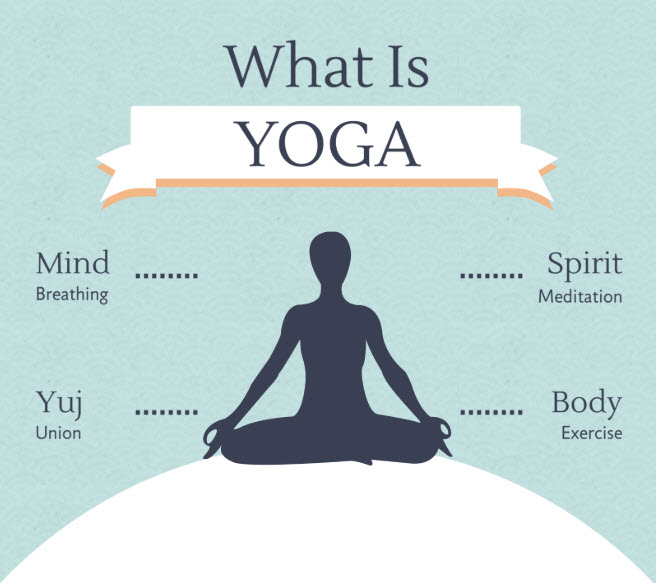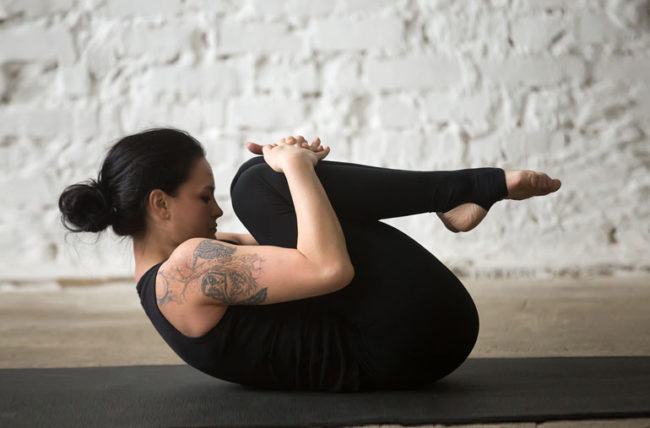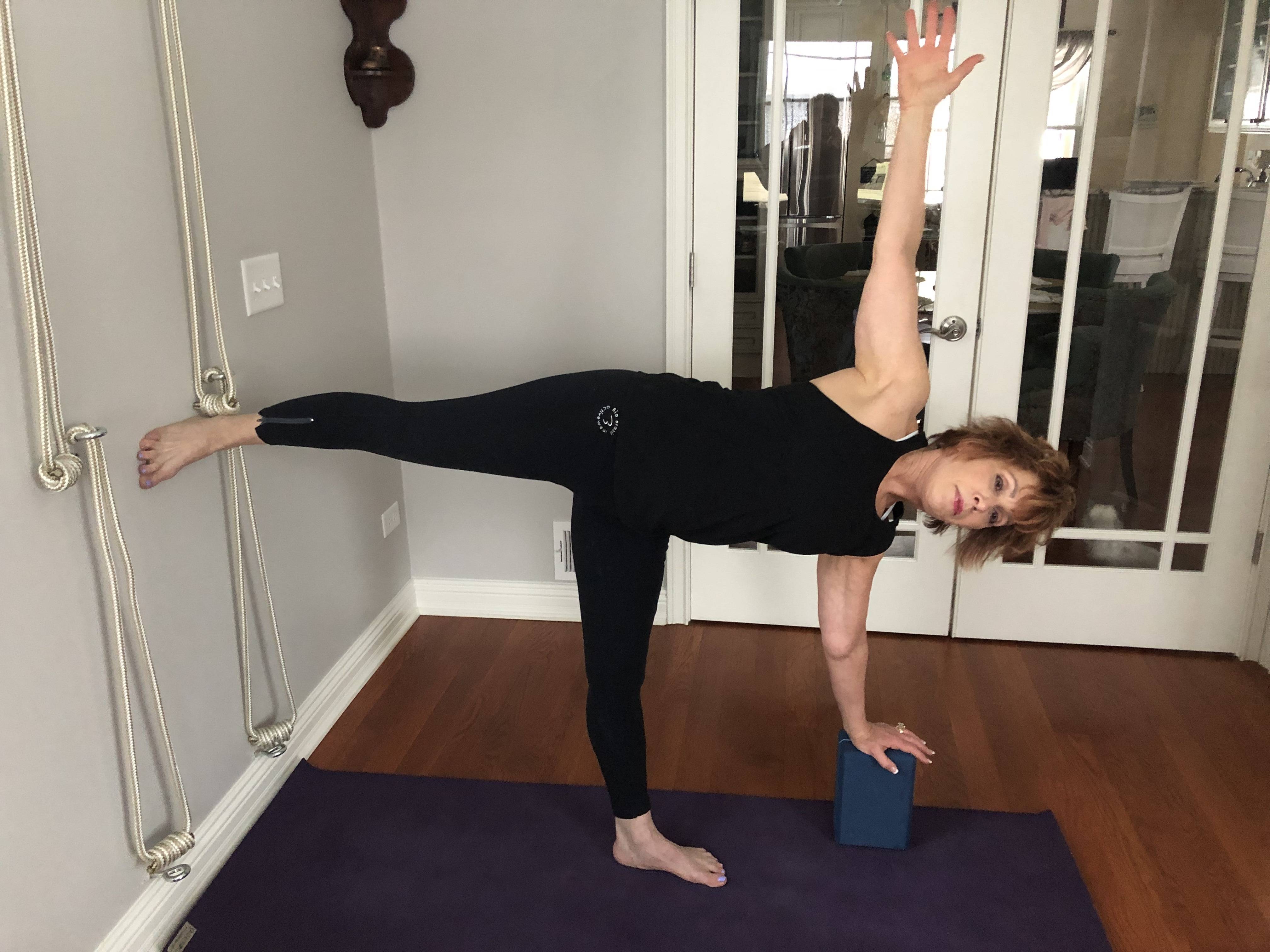
Sanskrit's word for "unite or join" is where yoga comes from. This union refers a union in mind and body. It also refers to universal consciousness as well as individual consciousness. In India, yogic practices were practiced in the early decades of the 20th-century. The first known yogi was Lord Shiva, who disseminated it through his writings. These books were later translated into many languages, and spread throughout the globe.
As the practice of yoga spread, it was not uncommon for yoga to take on a more western appearance, particularly in Europe. The widespread distribution and use of yoga videos started in the early 1900s thanks to VHS tapes. Yoga became popular due to the rapid spread of the Internet and the booming fitness industry. In the 1990s the transatlantic flight and the microphone made it possible reach large audiences and spread ideas far and wide.
Yoga has a long history dating back thousands of years. It was first used for spiritual purposes. However, Westerners only became aware of yoga in the middle 19th century. Swami Vivekananda was an Indian monk who traveled throughout Europe and the U.S. in order to spread the practice. He later taught yoga in the West, where it was popularized in modern times. This is an excellent way to learn about the history of yoga.

The origins of yoga can be traced back as far back as ancient times to northern India. The Vedas are the oldest of all the four Vedas and contain references to yoga. The Rigveda has over a thousand hymns, and 200 mantras. Priests of the Vedic age used the Rig Veda to learn the various postures and positions of yoga. Many Rishis refined the practice in later centuries and brought the modern version to life. The Upanishads provide great information about yoga's history.
The first mentions of yoga were in ancient India. This is the beginning of the history of yoga. Asanas were physical positions that yoga became popular. Hatha yoga gained popularity in the U.S. around the turn of the 20th century, when many teachers began adding asanas onto their classes. The 1970s saw the practice become mainstream and accepted all over the globe. Its popularity and spread was fuelled by the birth of yoga in America.
Yoga has a complex history. Its roots go back to 2000 BC, when yoga was primarily about the mind. The first Hatha yoga classes were then developed. In the 1920s, Hatha Yoga, a more body-centered type of yoga, was created. Asanas are used in today's yoga to achieve this goal.
The history of yoga has deep roots in ancient India. Thousands of years ago, the practice of yoga was far different from the Vinyasa classes of today. You will learn more about yoga's history and be better able to understand it. For example, ancient yoga was not practiced in the same way as modern-day Yoga. Yoga can be traced back to thousands of years, which will allow you to gain a deeper appreciation of it.

There is a rich history of yogic practices in yoga's history. Although the ancient yogis were mostly Hindu, they were heavily influenced by Hindu culture. Yoga was generally banned in the west because of its British origins. It wasn't until then that yoga became popular in Europe and America. Yoga was first introduced to America by gurus of India in the late 1800s. Asana refers to a type of meditation.
Asana, the foundation of most yoga practice, is important. Asana has been practiced since ancient times. The practice of yoga was spiritual and religious at its best in the 5th Century. Jainism and Buddhism were also considered ancient religions. The Classical Period was the time when yoga beliefs and practices were first presented in a systematic manner. The tradition of yoga continued to grow in popularity and influence for centuries afterward. Like any new practice though, the roots are still grounded in the same principles as the original.
FAQ
Do weightlifting burn fat faster?
You can lose more fat by weight lifting, but only when you do it in conjunction with cardio.
To maximize the benefits of weightlifting, you need to perform it after cardio workouts.
When done correctly, weightlifting increases your heart rate and oxygen consumption which helps you lose weight.
If you don't mix it with cardio, your body won't notice significant changes.
What is the best 7-day workout program?
A seven day exercise program should include cardiovascular training (running or biking), strength exercises (using freeweights, weight machines) and one flexibility/core workout. It is important to complete each activity at least once weekly. Each session should not last more than 45 minutes.
Cardiovascular Exercise: Running/Biking/Swimming
The goal is to get in at least 60 minutes of cardio activities per week. You can aim for 75 minutes a week for best results. Cardio exercise can stimulate blood flow and increase muscle growth.
Strength Training
Cardio exercises focus on the heart and lungs while strength training targets muscles and bones. Strength training helps you burn calories even while resting.
Flexibility & Core Workouts
Flexibility and core workouts are great ways to strengthen your entire body. Both yoga as well as Pilates are great choices.
What is the best way to increase muscle mass?
When you are building muscle mass, there are two main exercises you need to do. These are isolation exercises and compound moves. While compound movements focus on a single muscle, isolation exercises are focused on specific muscles.
It is important to do exercises that work all of your major muscles groups. This ensures that each session is challenging.
An app called MyFitnessPal allows you to keep track of everything. You can log everything, from calories burned to weight lifting. You can even create customized meal plans that are based on your goals.
What does butter do?
Butter is one of the best sources of saturated fats. This type of fat helps to build stronger bones, healthy skin, and hair.
Butter also contains vitamin K, which prevents bleeding from cuts and bruises. Vitamin K and vitamin B work together to prevent any bruising.
Butter is also rich in minerals, including calcium, phosphorous, and potassium. These elements help to build stronger bones and teeth.
Butter has its drawbacks. Butter contains high amounts of cholesterol. Some studies show that consuming too much cholesterol may increase the risk of developing cardiovascular disease.
Also, butter is high in saturated fat, contributing to obesity and increased cholesterol levels.
You can spread butter on bread if you are forced to use it. Bread absorbs more oil that pasta and potatoes.
Can I drink alcohol while exercising?
Yes. Alcohol can increase energy expenditure, speed recovery time, and reduce soreness.
Also, alcohol increases insulin sensitivity which makes it easier to absorb glucose.
Dehydration can result from alcohol, which can affect your metabolism. Alcohol can also lower testosterone production, which could lead to a decrease in muscle-building potential.
Women shouldn't consume alcohol before exercising. Women who are heavily alcoholic should wait at minimum 24 hours before starting to work out.
Women who are nursing should avoid alcohol as much as possible.
Men should limit their intake to one drink per day.
Statistics
- An estimated calorie range for moderately active adult males falls between 2,200 to 2,800 calories per day, depending on age. (eatright.org)
- Cardmembers earn 5% Back at Amazon.com with a Prime Credit Card. (amazon.com)
- Get free shipping and 25% off today. (healthline.com)
- By John Thompson Take a whopping 38% off a set of PowerBlock Pros. (menshealth.com)
- The PRS enabled risk stratification for overall prostate cancer and lethal disease with a four-fold difference between men in the highest and lowest quartiles (HR, 4.32; 95% confidence interval [CI], 3.16-5.89). (pubmed.ncbi.nlm.nih.gov)
External Links
How To
What nutrients does a person need every day?
Daily nutrition is essential for men's healthy growth. The body requires vitamins, minerals, proteins, carbohydrates, fats, water, fiber, and other essential elements.
Specific nutrients are also required by the male body at different times during the day. When you're sleeping, your body uses energy from food for hormones, proteins, and enzymes. Protein is needed to build muscles and repair tissue damaged when you wake up.
Your body will burn fat at night and store the extra energy as a form of glycogen. During this time, your body needs fewer calories but still needs sufficient nutrients. If you feel hungry, you may consider having a snack during the evening.
When you work out, you need adequate levels of carbs and protein to fuel your muscles. If you exercise hard, you might feel muscle soreness.
To prevent this from happening, you need to consume carbs or protein within two hours. To get energy from glucose, your body will start to degrade stored glycogen.
In addition, you must consume protein immediately after completing your workouts. This prevents muscle tissue loss that happens while you sleep.
Your body makes lactic acid when you are doing intense physical activities. Lactic acid builds up in the bloodstream and causes fatigue. This can be avoided by eating foods high in carbohydrates like fruits and vegetables.
Carbohydrates give your body the energy it needs to recover from strenuous exercise.
In addition, you may want to include lean meats, fish, eggs, milk, cheese, yogurt, beans, nuts, and seeds into your diet.
All of these foods have high-quality protein. Protein promotes muscle growth, and helps repair damaged tissues. Protein is also necessary for the production of sex hormones such as testosterone.
For healthy skin, hair and joints, it is important to eat enough fats. Healthy men need between 20% - 35% of the total caloric intake to be fat.
Fat helps protect your heart health and prevents cancer. It also keeps your brain functioning properly.
Most of the fat you need can be obtained from vegetable oils, including sunflower oil (or soybean oil), peanut oil, peanut oil, soybean oil, and peanut oil.
These oils contain high levels of monounsaturated fat acids (MUFAs). MUFAs are good for lowering cholesterol and reducing inflammation. They protect cells against damage from free radicals.
Saturated fats are found in animal products including meat, dairy products, butter and other dairy products. SFAs are known to raise LDL ("bad") cholesterol and raise triglycerides. They can also increase weight and reduce belly fat.
Polyunsaturated oils (PUFAs), are found in plant-based foods like nuts, seeds and vegetable oils. PUFAs help improve cardiovascular function, and lower inflammation. They also help control blood sugar and cholesterol.
Low HDL ("good") cholesterol is a common cause of erectile dysfunction in men. High consumption of saturated fats increases bad cholesterol, which lowers the level of good cholesterol.
Men who eat large quantities of red meats or pork may develop prostate problems. Nitrites convert to nitrosamines when cooked at high temperatures. These compounds cause cancer.
Most processed meats have nitrites and harmful chemicals. You should avoid them.
The American Heart Association suggests that no more than two servings per week of red meat should be consumed. Instead, opt for poultry, fish, legumes and tofu as well as whole grains bread and cereals.